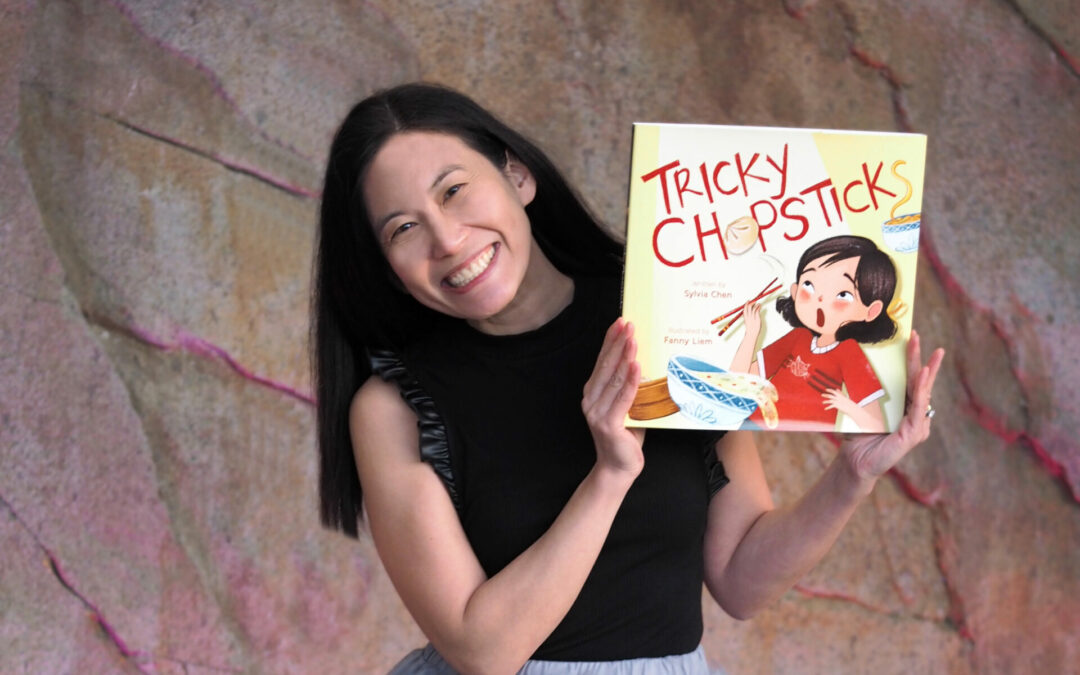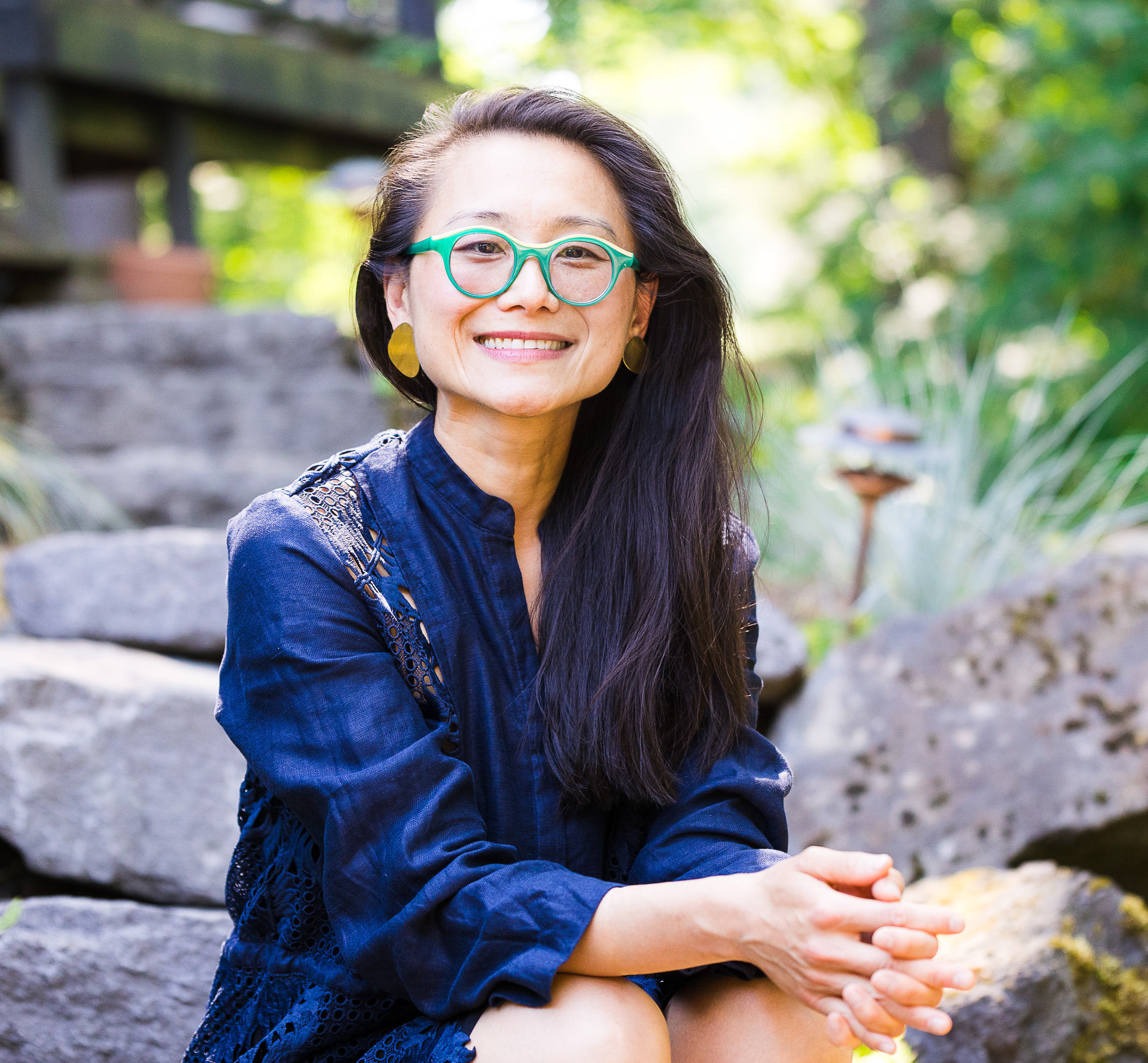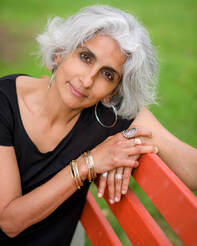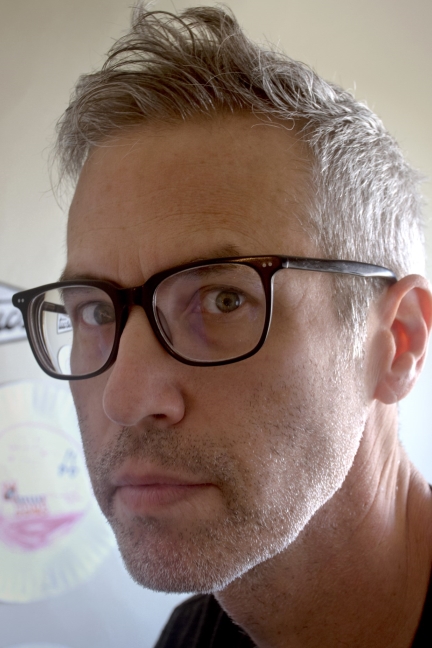
by Michele Kirichanskaya | Sep 20, 2024 | Blog
Henry Cole has written and illustrated more than 150 books for children, including Spot, the Cat; And Tango Makes Three; Oink?; and Little Bo in France. He is also the illustrator of With a Little Help from My Friends by John Lennon and Paul McCartney. A former...

by Michele Kirichanskaya | Jul 5, 2024 | Blog
Born and raised in Queens, New York, Sylvia Chen has also lived and worked in Boston, San Francisco, Seattle, Paris, and Tokyo. She is an Asian American children’s book author and recently celebrated her debut picture book TRICKY CHOPSTICKS (illustrated by Fanny Liem...

by Michele Kirichanskaya | Apr 10, 2024 | Blog
Dane Liu believes in the power of stories to affirm, transport, and transform. Her debut for young readers FRIENDS ARE FRIENDS, FOREVER is a Junior Library Guild Gold Standard Selection, a Kids Indie Next Pick, and a Best Book of the Year from the Bulletin of the...

by Michele Kirichanskaya | Nov 16, 2023 | Blog
Jyoti Rajan Gopal is a writer, mom, and Kindergarten teacher. Growing up, she lived in Thailand, Indonesia, Myanmar, India and China. She now lives in New York, in a quirky old Victorian in Yonkers, with her husband, where they raised their two daughters. Her favorite...

by Michele Kirichanskaya | Nov 14, 2023 | Blog
Adam Rex is the award-winning author and illustrator of more than forty books including the New York Times bestsellers Frankenstein Makes a Sandwich, School’s First Day of School, and Chu’s Day, as well as The True Meaning of Smekday, which was adapted for film by...






